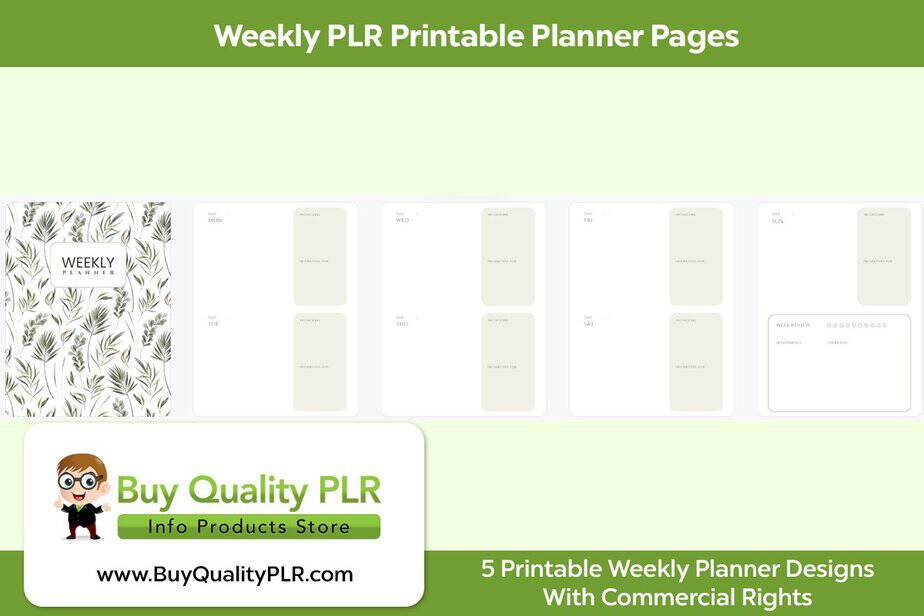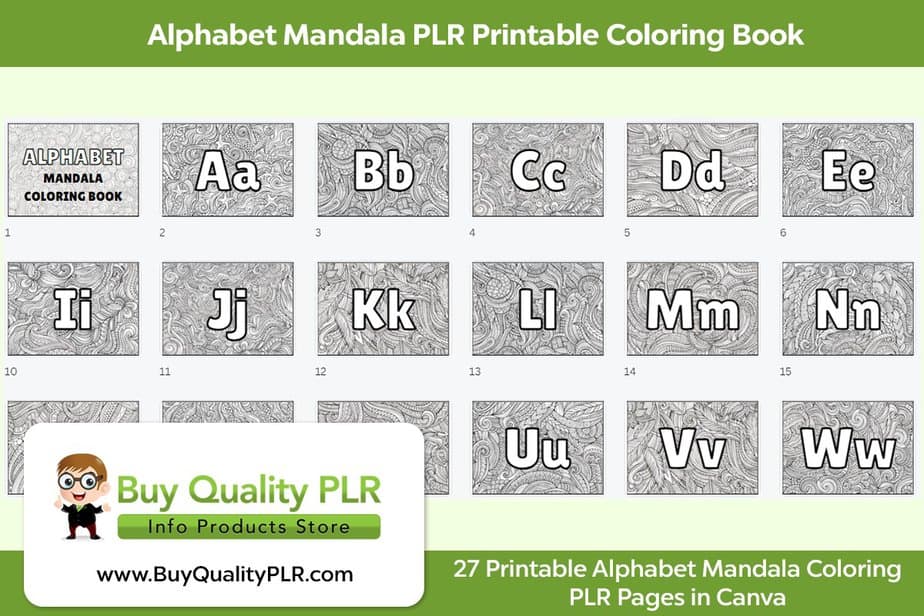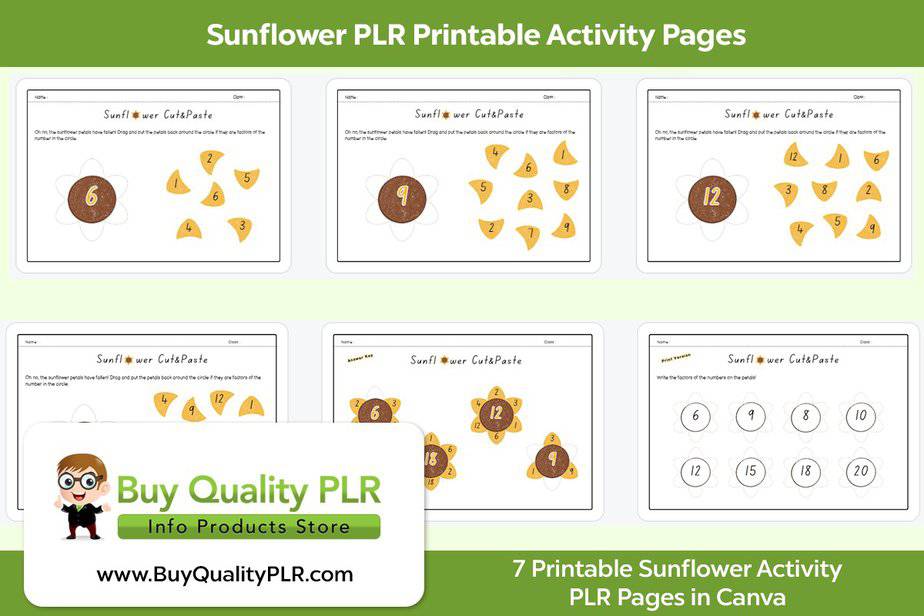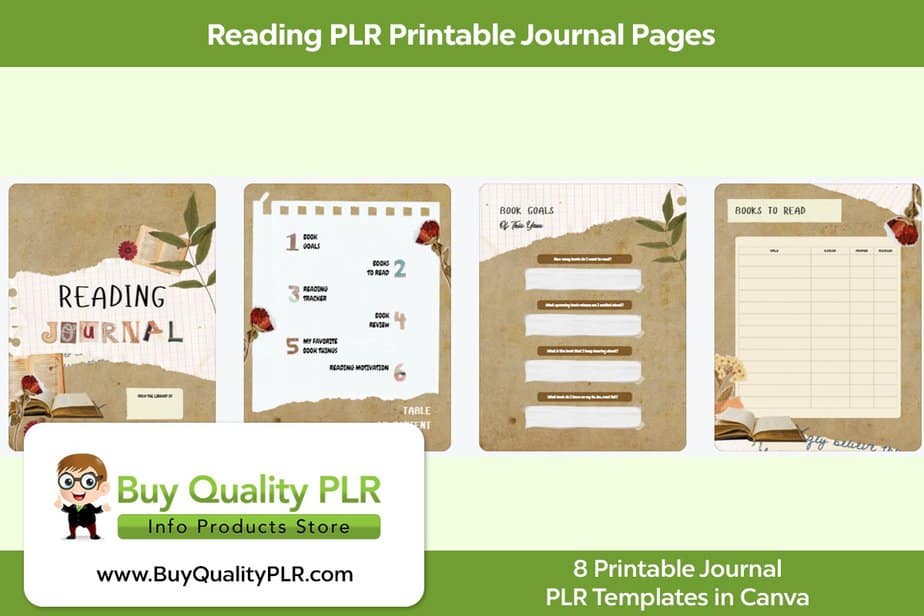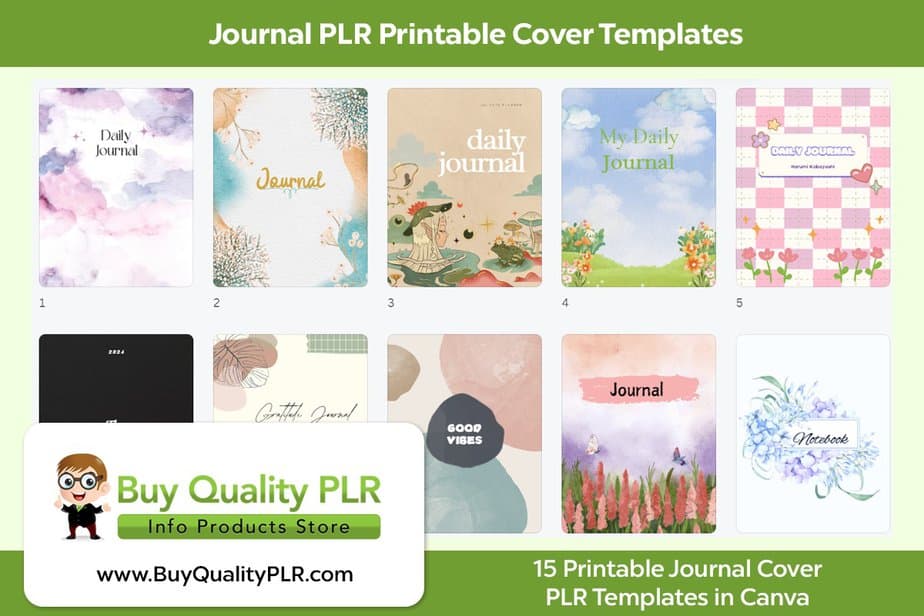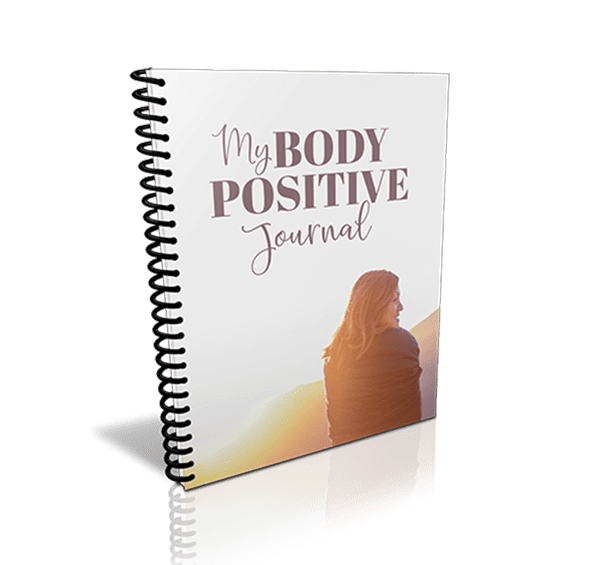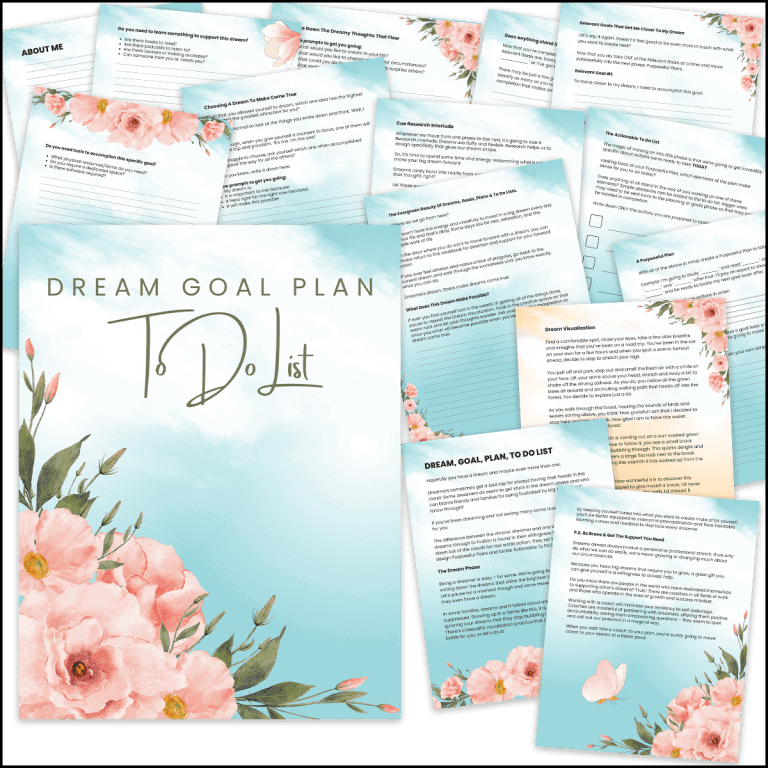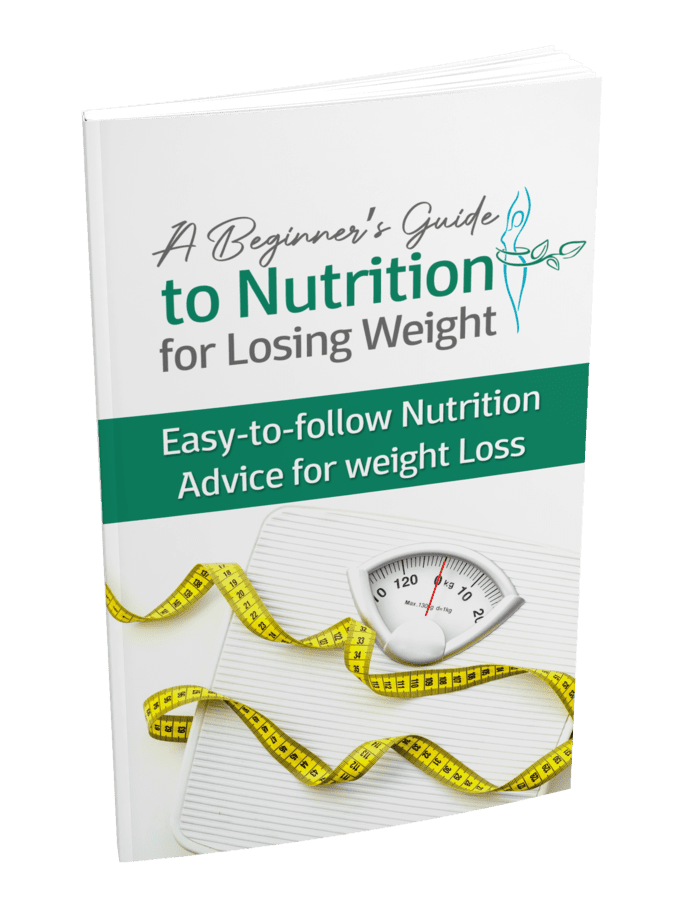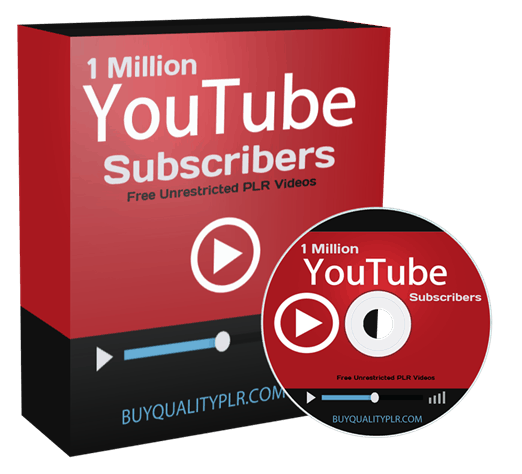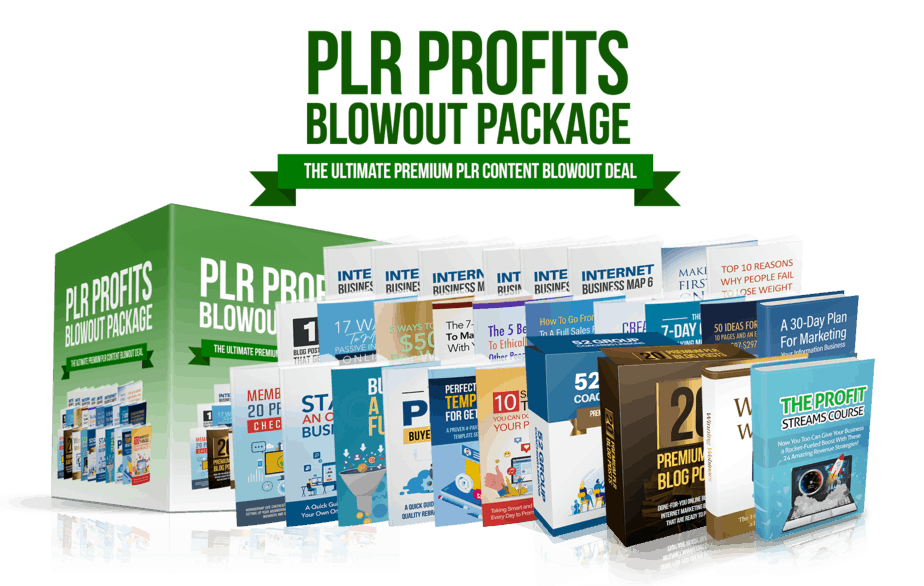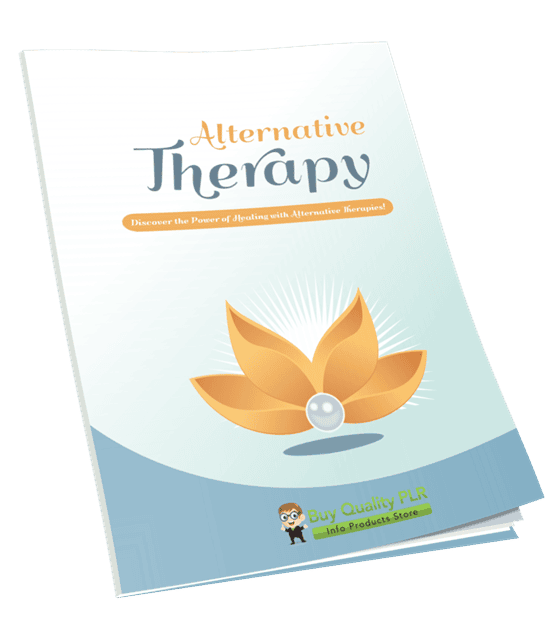
Alternative Therapy PLR Course 30k Words
in Healing PLR , Health PLR , Health PLR eBooks , PLR Checklists , PLR eBooks , PLR eCourses , Premium PLR , Premium PLR eBooks , Premium PLR Reports , Premium White Label Brandable PLR Coaching Courses , Private Label Rights ProductsChoose Your Desired Option(s)
has been added to your cart!
have been added to your cart!
#alternativetherapy #plrcourse #holistichealing #wellnesscontent #selfcareeducation #alternativehealth #therapyinsights #holisticlifestyle
Discover the Power of Healing with Alternative Therapies!
Are you ready to explore the world of natural healing and holistic wellness? The Alternative Therapy PLR Course is your ultimate guide to understanding and practicing various alternative therapies. Whether you’re a beginner curious about natural healing or an enthusiast looking to deepen your knowledge, this course is packed with valuable insights and actionable steps to help you embrace alternative therapy with confidence.
Presenting…
Alternative Therapy PLR Course 30k Words
What’s Inside the Course?
Module 1: Introduction to Alternative Therapy
- What is Alternative Therapy?
Learn the core principles of alternative therapies and how they differ from conventional medicine. - Types of Alternative Therapies
Get an overview of popular therapies like acupuncture, aromatherapy, and herbal medicine. - The Mind-Body Connection
Explore how mental and emotional health directly impacts physical well-being. - Debunking Myths
Separate facts from fiction and understand the evidence-based benefits of alternative therapies.
Module 2: Acupuncture & Acupressure
- Understanding Acupuncture
Learn how acupuncture balances energy flow and promotes healing. - Preparing for an Acupuncture Session
Know what to expect and how to choose a qualified practitioner. - DIY Acupressure Techniques
Discover simple acupressure methods you can use at home to relieve stress and tension. - The Benefits
From pain relief to better sleep, explore the wide range of health benefits acupuncture and acupressure offer.
Module 3: Aromatherapy
- What is Aromatherapy?
Dive into the healing power of scents and how essential oils can enhance your well-being. - Popular Essential Oils
Learn the benefits of oils like lavender for relaxation, peppermint for focus, and eucalyptus for respiratory health. - How to Use Aromatherapy
From diffusers to bath soaks, discover practical ways to incorporate aromatherapy into your daily life. - Stress Relief and Sleep
Create your own essential oil blends to combat stress and improve your sleep quality.
Module 4: Herbal Medicine
- The History of Herbal Medicine
Explore how herbs have been used for centuries to support health and wellness. - Popular Healing Herbs
Discover the benefits of herbs like turmeric, ginger, and echinacea. - Making Herbal Remedies
Learn how to create herbal teas, tinctures, and remedies for common ailments. - Safety First
Understand potential side effects and when to seek professional advice.
Module 5: Energy Healing Techniques
- What is Energy Healing?
Learn the basics of energy fields and how balancing energy promotes health. - Reiki Healing
Discover how to channel healing energy through simple Reiki techniques. - Meditation for Healing
Incorporate meditation into your daily routine to restore balance and peace. - Sound and Crystal Therapy
Explore the benefits of sound baths and crystals for enhancing energy flow.
Why Choose This Course?
- Comprehensive Content:
With 28,237 words of expertly written material, this course covers everything you need to know about alternative therapies. - Practical and Actionable:
Each module includes easy-to-follow steps and techniques you can apply immediately. - Perfect for Various Audiences:
Whether you’re a wellness coach, a holistic practitioner, or someone seeking natural healing solutions, this course is tailored for you. - Ready-to-Sell PLR Package:
Rebrand and sell this course as your own, or use it to create valuable content for your audience.
What’s Included in the Package?
- Alternative Therapy PLR Course (28,237 Words)
A step-by-step guide to mastering alternative therapies. - Checklist:
A simple checklist to keep users on track as they progress through the course. - FAQs Document:
Answer common questions and address concerns about alternative therapies. - Professionally Written Sales Page:
Get started selling right away with a high-converting sales page.
How You Can Use and Profit from This Course
- Sell It as a Complete Course:
Offer it as a premium product for $47–$97 to your audience. - Create a Membership Site:
Use the content to create exclusive resources and generate recurring income. - Break It Into Smaller Products:
Turn each module into mini-courses, eBooks, or blog series to maximize content value. - Build Your Email List:
Use portions of the course as lead magnets to grow your subscriber base. - Use It as a Coaching Resource:
Incorporate the material into your wellness coaching sessions or programs.
Who Can Benefit from This Course?
- Wellness Enthusiasts:
Discover practical ways to incorporate alternative healing into your lifestyle. - Health Coaches and Practitioners:
Add new tools and techniques to your practice to better serve your clients. - Bloggers and Content Creators:
Rebrand and use the content to engage your audience with valuable information. - Anyone Interested in Natural Healing:
Learn effective, evidence-based methods to improve your health and well-being naturally.
Special Launch Price: Only $14.99
Don’t miss this opportunity to own a high-value PLR product that’s ready to sell, customize, or use for yourself. With the rising interest in natural healing and wellness, this course is a must-have for anyone looking to tap into the alternative therapy niche.
has been added to your cart!
have been added to your cart!
Here A Sample of Alternative Therapy PLR Course
Welcome to the “Alternative Therapy” course! This course will guide you through the world of alternative therapies, offering you knowledge and practical steps to understand and explore various healing techniques. Whether you’re a beginner or have some experience, this course will provide easy-to-follow instructions and actionable steps. Let’s dive into the world of alternative healing!
Module 1: Introduction to Alternative Therapy
In this module, we’ll lay the foundation for understanding what alternative therapy is and how it works.
Step 1: What is Alternative Therapy?
Welcome to the first step of your journey into the world of alternative therapy! In this section, we will define what alternative therapy is, explore its core principles, and highlight the key differences between alternative and conventional medicine. By the end of this step, you’ll have a clearer understanding of how these therapies work, why they focus on treating the whole person, and the unique benefits they offer.
Understanding Alternative Therapy
Alternative therapy, sometimes referred to as complementary or holistic therapy, is a diverse range of medical practices that are not typically part of conventional Western medicine. These therapies aim to promote healing and wellness through natural and non-invasive methods. Unlike conventional medicine, which often focuses on diagnosing and treating symptoms or diseases with pharmaceutical drugs or surgery, alternative therapy takes a more comprehensive approach to health.
Key Concepts in Alternative Therapy:
- Holistic Approach: One of the defining features of alternative therapy is its emphasis on treating the whole person, not just the specific illness or symptom. It recognizes that the mind, body, and spirit are interconnected, and healing occurs when all aspects of a person’s health are addressed. For example, acupuncture, aromatherapy, and reiki therapy focus on balancing energy flow, reducing stress, and encouraging emotional well-being, which in turn supports physical health.
- Natural Healing Methods: Many alternative therapies use natural substances such as herbs, essential oils, and plant extracts to support the body’s ability to heal itself. These methods are often less invasive than conventional treatments and come with fewer side effects. Herbal medicine, for instance, involves using plants like turmeric and ginger to treat conditions ranging from inflammation to digestive issues.
- Patient-Centered Care: Alternative therapies tend to place a strong focus on the individual needs of the patient. Practitioners spend more time listening to their clients’ concerns and understanding their lifestyle, habits, and emotional well-being. This allows for treatments that are tailored to the person’s unique circumstances, creating a more personalized healing experience.
- Self-Healing and Prevention: A central belief in alternative therapy is that the body has an innate ability to heal itself when given the right support. Therapies like meditation, yoga, and mindfulness are designed to empower individuals to take charge of their own health, promoting long-term wellness rather than simply addressing acute problems.
The Core Philosophy: Treating the Whole Person
One of the primary differences between alternative therapy and conventional medicine is the treatment philosophy. While conventional medicine often focuses on treating specific symptoms or illnesses, alternative therapies take a more holistic approach. This means that they look at the person as a whole, rather than isolating symptoms from the overall health picture.
For example, a conventional approach to treating chronic pain may involve prescribing painkillers, while an alternative therapist might focus on understanding the root causes of the pain, such as stress, emotional trauma, or lifestyle factors. They would then aim to restore balance in the body and mind, using therapies such as acupuncture, massage, and nutritional counseling to alleviate the pain and improve overall well-being.
Key Points of the Holistic Approach:
- Physical Health: Treating physical conditions through practices like acupuncture, massage therapy, and herbal remedies.
- Emotional Health: Addressing emotional and psychological well-being using methods like psychotherapy, mindfulness, and aromatherapy.
- Spiritual Health: Some alternative therapies, such as energy healing and meditation, work to balance spiritual health by fostering connection, peace, and purpose.
- Lifestyle: Many alternative therapies emphasize the importance of a balanced lifestyle, encouraging proper nutrition, exercise, stress management, and sufficient sleep.
Alternative vs. Conventional Medicine
Understanding the distinction between alternative and conventional medicine is essential for appreciating the value of both approaches to healthcare.
- Conventional Medicine: This is the system of medicine that is most commonly practiced in hospitals and clinics worldwide, particularly in Western countries. It’s based on scientific research, rigorous clinical trials, and a focus on diagnosing specific diseases and treating them with medications, surgery, and other medical procedures. Conventional medicine is typically reactive: it seeks to diagnose and treat diseases once they arise.
- Example: If someone experiences persistent headaches, conventional medicine might perform tests to identify a specific cause and then offer a prescription for pain relief or recommend surgery if necessary.
- Strengths: Conventional medicine is highly effective for acute conditions, infections, surgeries, and emergencies. It excels in addressing life-threatening issues, offering quick, evidence-based solutions.
- Alternative Medicine: In contrast, alternative medicine is a broad field that includes a variety of therapies and approaches not commonly recognized by conventional medicine. It focuses on prevention, natural healing, and the treatment of the whole person, not just the disease. Alternative medicine is typically more proactive, working to maintain health and prevent illness before it arises.
- Example: If the same individual with headaches were to visit an alternative therapist, they might discuss the person’s stress levels, nutrition, lifestyle, and emotional well-being. The treatment could involve a combination of acupuncture, herbal remedies, and relaxation techniques to manage symptoms and prevent future headaches.
- Strengths: Alternative therapies tend to focus on long-term wellness, stress reduction, and the body’s natural healing abilities. They are particularly beneficial for managing chronic conditions, stress, mental health issues, and lifestyle-related problems.
How Alternative Therapies Focus on the Whole Person
The distinguishing feature of alternative therapies is the belief in treating the whole person rather than focusing solely on the physical symptoms. Alternative practitioners believe that emotional, mental, and spiritual imbalances can contribute to physical illness, and that healing must occur on all levels for lasting health benefits. This is why many alternative therapies aim to restore balance across multiple aspects of a person’s life.
For instance, someone suffering from chronic pain might not just be treated for their physical discomfort but also be encouraged to explore emotional issues such as stress, anxiety, or past trauma. By addressing both the physical and emotional dimensions of the pain, the practitioner can help the individual heal in a more comprehensive way.
The Whole-Person Approach in Practice:
- Acupuncture: Treats both the physical pain and the emotional blockages that may contribute to chronic conditions.
- Aromatherapy: Uses the power of scent to improve emotional and mental states, while also supporting physical health.
- Massage Therapy: Not only relieves muscular tension but also reduces stress and promotes relaxation, benefiting both the body and mind.
Why Choose Alternative Therapy?
Many individuals are drawn to alternative therapies because they seek natural, less invasive, and personalized treatments for their health concerns. Here are a few reasons why alternative therapies are increasingly popular worldwide:
- Natural and Non-Invasive: Many alternative therapies use natural remedies, such as herbs, essential oils, and massage, which have fewer side effects compared to pharmaceutical drugs or surgery.
- Personalized Care: Alternative therapists often spend more time with their clients, listening to their concerns and offering treatments that are customized to their individual needs.
- Emphasis on Prevention: Instead of merely addressing symptoms, alternative therapies emphasize lifestyle changes and preventative measures to ensure long-term wellness.
- Complementary Treatment: Many people use alternative therapies alongside conventional medicine to help manage symptoms, reduce side effects, and promote overall well-being.
Conclusion:
In this first step, you have gained a solid understanding of what alternative therapy is, how it differs from conventional medicine, and why it focuses on treating the whole person. As we move forward, we’ll dive deeper into specific therapies and explore how you can incorporate them into your own practice or daily life. Ready to continue? Let’s explore the various types of alternative therapies in the next module!
Step 2: Types of Alternative Therapies
Welcome to Step 2, where we explore the fascinating world of alternative therapies! In this section, we will introduce you to various types of alternative therapies, explaining how each one works, their general benefits, and how they can complement or serve as alternatives to conventional treatments. By the end of this step, you will have a broader understanding of the diverse methods available and how they address both physical and emotional well-being.
Alternative therapies come in many forms, each offering unique benefits. From acupuncture to aromatherapy, each therapy has been developed to help the body heal naturally by restoring balance and promoting wellness.
1. Acupuncture: The Art of Healing Through Needles
How It Works: Acupuncture is a traditional Chinese medicine (TCM) technique that involves inserting fine needles into specific points on the body. These points, known as “acupoints,” are believed to correspond to different systems and organs in the body. According to traditional Chinese medicine, the body’s energy, or “Qi” (pronounced “chee”), flows through channels called meridians. When this flow is blocked or imbalanced, illness or discomfort can occur. Acupuncture aims to restore balance and improve the flow of Qi.
General Benefits:
- Pain Relief: Acupuncture is widely used for pain management, especially for conditions like chronic pain, migraines, arthritis, and lower back pain.
- Stress Reduction: It promotes relaxation by stimulating the release of endorphins, which can help reduce anxiety and stress levels.
- Improved Circulation: The insertion of needles stimulates the blood flow, which can help with conditions like muscle tension, fatigue, and poor circulation.
- Digestive Health: Acupuncture can help with digestive issues like irritable bowel syndrome (IBS), bloating, and constipation.
2. Aromatherapy: Healing with Essential Oils
How It Works: Aromatherapy involves the use of essential oils extracted from plants, flowers, and herbs. These oils are inhaled or applied to the skin to promote physical and emotional healing. When inhaled, the aromatic molecules from the essential oils stimulate the olfactory system (the part of the brain responsible for smell), which is directly linked to the limbic system — the brain region responsible for emotions, memory, and behavior. This can have a profound effect on mood, relaxation, and overall well-being.
Essential oils can be used in diffusers, massage oils, bath salts, or simply inhaled directly from the bottle. Each essential oil has its own specific therapeutic properties, and many are used to target specific health concerns.
General Benefits:
- Relaxation and Stress Relief: Oils like lavender, chamomile, and bergamot are known to reduce anxiety, stress, and promote a sense of calm.
- Sleep Improvement: Essential oils such as lavender and sandalwood can help promote restful sleep by calming the nervous system.
- Skin Care: Tea tree oil, eucalyptus, and rosehip oil are often used for skin conditions like acne, dry skin, and eczema.
- Pain Relief: Peppermint and eucalyptus oils can help reduce headaches, muscle pain, and joint inflammation.
3. Chiropractic Care: Adjusting the Spine for Overall Health
How It Works: Chiropractic care focuses on diagnosing and treating mechanical disorders of the musculoskeletal system, particularly the spine. Chiropractors believe that spinal misalignments, also known as subluxations, can interfere with the nervous system and contribute to pain, discomfort, and disease. By using manual manipulation or spinal adjustments, chiropractors aim to correct these misalignments and restore proper function to the body.
Chiropractic care involves a variety of techniques, including spinal adjustments, massage, exercises, and lifestyle advice. It is primarily used for musculoskeletal issues, particularly back, neck, and joint pain.
General Benefits:
- Pain Relief: Chiropractic adjustments can provide relief for acute and chronic pain, particularly in the neck, back, shoulders, and joints.
- Improved Mobility: By aligning the spine and improving joint function, chiropractic care can enhance flexibility and range of motion.
- Better Posture: Regular chiropractic care can help improve posture and reduce the risk of musculoskeletal issues caused by poor posture, such as back and neck pain.
- Headache Relief: Many individuals experience significant relief from tension headaches and migraines through chiropractic adjustments.
4. Reiki: Energy Healing for Emotional and Physical Health
How It Works: Reiki is a Japanese healing technique that works on the principle that the body has an energy field that can be manipulated to promote healing. The practitioner uses their hands to channel universal life energy (also called “Reiki”) into the client’s body, with the goal of removing blockages and restoring balance to the energy flow. It is based on the belief that when the energy flow is disrupted, physical and emotional issues arise.
Reiki practitioners do not use pressure or massage; rather, they gently place their hands on or near the person’s body, directing energy to areas in need of healing.
General Benefits:
- Stress and Anxiety Relief: Reiki promotes deep relaxation, which can reduce stress, anxiety, and tension.
- Emotional Healing: Reiki is often used to help release emotional blockages, reduce negative emotions, and encourage emotional balance.
- Pain Management: It can help reduce chronic pain, alleviate muscle tension, and support the body’s natural healing process.
- Improved Sleep: Many individuals report improved sleep and relaxation following Reiki sessions.
5. Herbal Medicine: Nature’s Remedies for Healing
How It Works: Herbal medicine involves using plants, herbs, and their extracts to treat various health conditions. These remedies have been used for thousands of years in cultures around the world to treat everything from mild ailments to more severe illnesses. Herbs can be taken in many forms, including teas, tinctures, capsules, or topical creams. They contain active compounds that can influence the body’s healing processes and promote health.
Herbal medicine is a cornerstone of many alternative health practices, including Ayurveda, Traditional Chinese Medicine (TCM), and Western herbalism. Each herb has unique properties that can support different aspects of health, such as immune function, digestion, or stress reduction.
General Benefits:
- Digestive Health: Herbs like peppermint, ginger, and chamomile are commonly used to soothe digestive discomfort, bloating, and nausea.
- Immune Support: Echinacea, elderberry, and garlic are known for their immune-boosting properties, helping to fight infections and colds.
- Anti-Inflammatory: Turmeric, ginger, and willow bark have natural anti-inflammatory properties that can help with conditions like arthritis and muscle pain.
- Stress Relief: Adaptogenic herbs such as ashwagandha, holy basil, and Rhodiola are used to reduce the effects of stress and promote emotional resilience.
6. Massage Therapy: Healing Through Touch
How It Works: Massage therapy involves manipulating the muscles and soft tissues of the body to promote relaxation, reduce pain, and improve circulation. There are many types of massage, including Swedish, deep tissue, hot stone, and sports massage, each targeting different areas of the body and addressing specific concerns.
Massage can help to relax tense muscles, relieve stress, and improve flexibility and posture. It is widely used for both physical and emotional healing.
General Benefits:
- Stress Reduction: Massage helps activate the parasympathetic nervous system, leading to a reduction in stress hormones and promoting a sense of relaxation.
- Muscle Tension Relief: It is particularly effective for alleviating muscle stiffness, joint pain, and chronic tension in the neck, shoulders, and back.
- Improved Circulation: Massage encourages blood flow, which can help reduce swelling and improve tissue healing after injury.
- Enhanced Sleep: The relaxation promoted by massage can lead to improved sleep quality and reduced insomnia.
7. Meditation and Mindfulness: Cultivating Inner Peace
How It Works: Meditation and mindfulness practices involve focusing the mind and calming the nervous system to enhance mental clarity and emotional well-being. Meditation typically involves sitting quietly and focusing on the breath, a mantra, or a guided visualization. Mindfulness, on the other hand, is the practice of being fully present and engaged in the moment, without judgment.
These techniques are used to promote mental health, manage stress, and improve focus and concentration. Research has shown that regular meditation and mindfulness practices can positively affect both the mind and body, improving emotional regulation, reducing anxiety, and enhancing overall well-being.
We’re also giving these extra bonuses
Alternative Therapy – Checklist
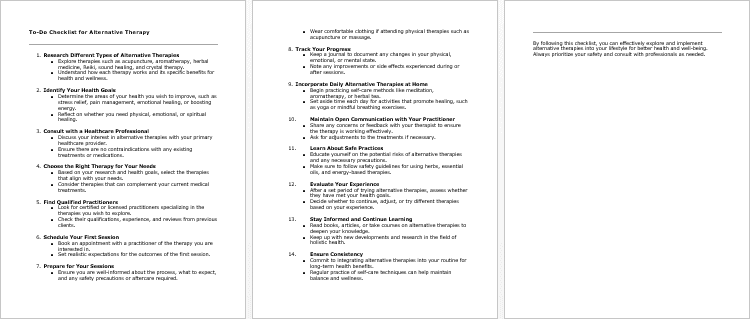
Alternative Therapy – FAQs

Alternative Therapy – Salespage Content

Package Details:
Word Count: 28 237 Words
Number of Pages: 107
Alternative Therapy – Bonus Content
Checklist
Word Count: 498 words
FAQs
Word Count: 1307 words
Salespage Content
Word Count: 920 words
Total Word Count: 30 962 Words
Your PLR License Terms
PERMISSIONS: What Can You Do With These Materials?
Sell the content basically as it is (with some minor tweaks to make it “yours”).
If you are going to claim copyright to anything created with this content, then you must substantially change at 75% of the content to distinguish yourself from other licensees.
Break up the content into small portions to sell as individual reports for $10-$20 each.
Bundle the content with other existing content to create larger products for $47-$97 each.
Setup your own membership site with the content and generate monthly residual payments!
Take the content and convert it into a multiple-week “eclass” that you charge $297-$497 to access!
Use the content to create a “physical” product that you sell for premium prices!
Convert it to audios, videos, membership site content and more.
Excerpt and / or edit portions of the content to give away for free as blog posts, reports, etc. to use as lead magnets, incentives and more!
Create your own original product from it, set it up at a site and “flip” the site for megabucks!
RESTRICTIONS: What Can’t You Do With These Materials?
To protect the value of these products, you may not pass on the rights to your customers. This means that your customers may not have PLR rights or reprint / resell rights passed on to them.
You may not pass on any kind of licensing (PLR, reprint / resell, etc.) to ANY offer created from ANY PORTION OF this content that would allow additional people to sell or give away any portion of the content contained in this package.
You may not offer 100% commission to affiliates selling your version / copy of this product. The maximum affiliate commission you may pay out for offers created that include parts of this content is 75%.
You are not permitted to give the complete materials away in their current state for free – they must be sold. They must be excerpted and / or edited to be given away, unless otherwise noted. Example: You ARE permitted to excerpt portions of content for blog posts, lead magnets, etc.
You may not add this content to any part of an existing customer order that would not require them to make an additional purchase. (IE You cannot add it to a package, membership site, etc. that customers have ALREADY paid for.)
Share Now!

